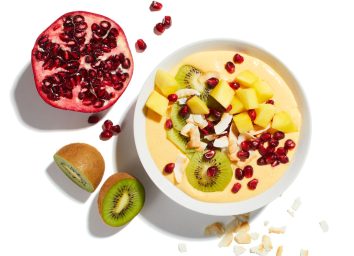The #1 Best Breakfast to Lower Blood Sugar, Says Dietitian
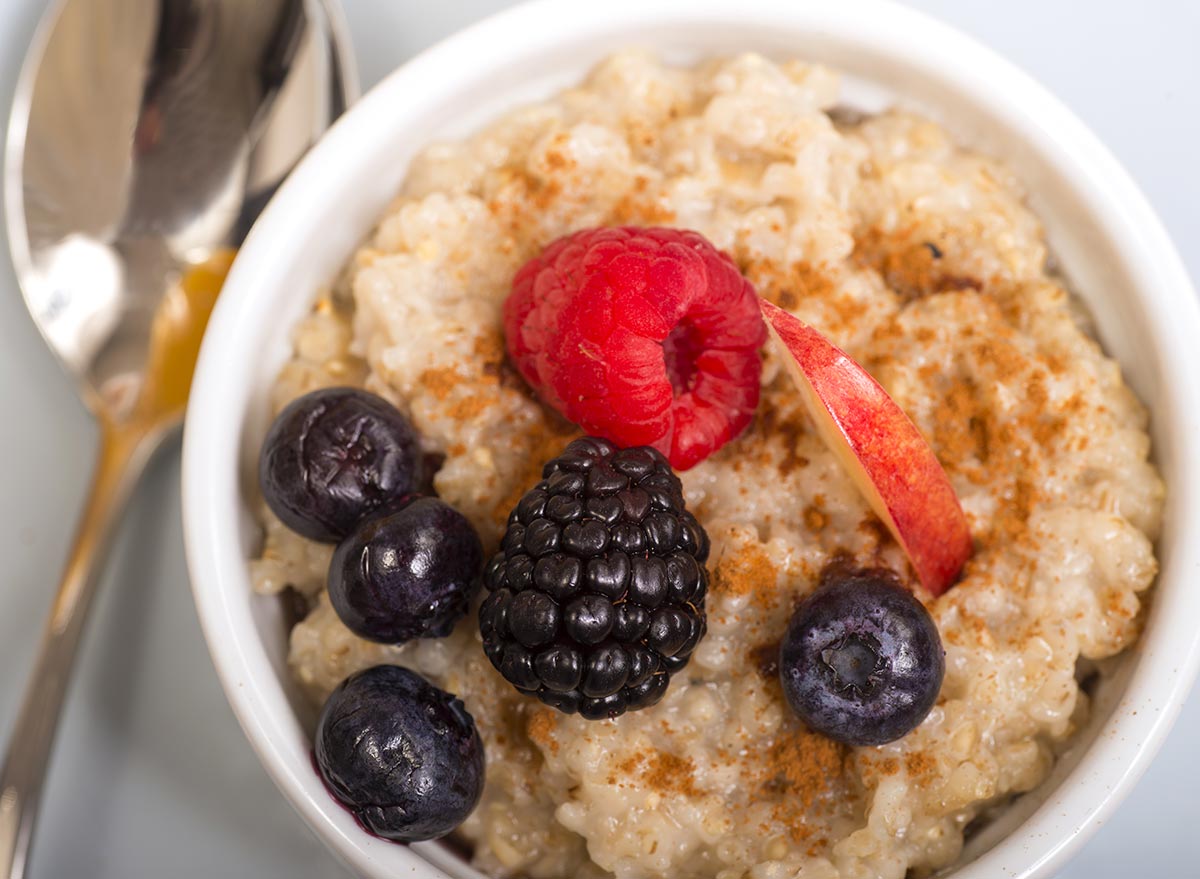
Diabetes and pre-diabetes are health issues that affect many Americans on a daily basis. If you're living with these conditions, then you understand firsthand how frustrating it can be to find food and drinks that you love that won't raise your blood sugar levels.
According to Lauren Harris-Pincus, MS, RDN, founder of Nutrition Starring You and author of The Everything Easy Pre-Diabetes Cookbook, when it comes to a breakfast that can help lower blood sugar, a balance of protein, fat, and fiber are key.
"At breakfast, my favorite combo is oatmeal and berries paired with a high-quality protein source like Greek yogurt, which also contains probiotics that contribute to a healthy gut—something that plays a role in controlling blood glucose as well."
Continue reading to learn more about why this breakfast combination can help you manage your blood sugar levels, and for more healthy eating tips, check out Eating Habits That Lower Your Risk of Diabetes.
Fiber and blood sugar
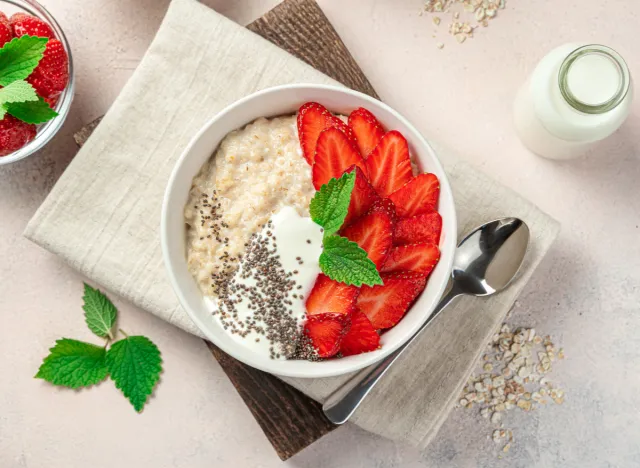
Oatmeal is a great breakfast option for those who need to monitor their blood sugar because it consists of a lot of fiber (8 grams per uncooked cup), which is crucial to managing blood sugar, and it is easy to add toppings full of protein and healthy fat as well.
"95% of Americans miss the mark on the recommended fiber intake of 14 grams per 1,000 calories or roughly 25-38 grams per day," says Harris-Pincus, "and fiber, particularly soluble fiber, can help manage blood sugar by forming a gel-like substance with water that delays the rate of digestion and absorption of carbohydrates."
In fact, consuming soluble fiber on a regular basis has not only been linked to helping people manage their type 2 diabetes, but it can also help lower your risk of developing it.
Protein and healthy fats
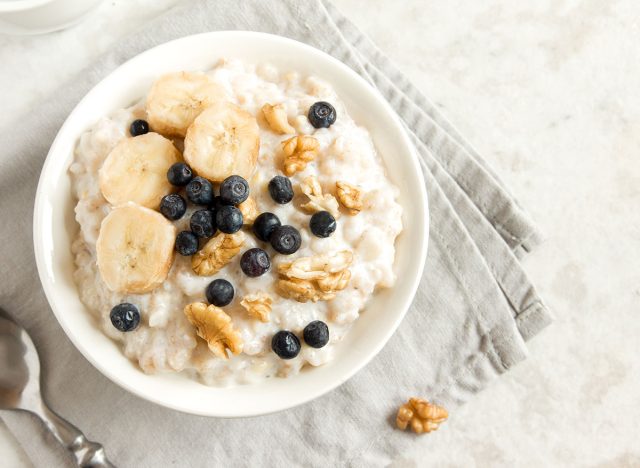
Soluble fiber is important for managing blood sugar, but having a balance of fiber, protein, and healthy fat is what Harris-Pincus says is the key to success.
A study from the American Journal of Clinical Nutrition found that diets higher in protein were successful in lowering and helping to manage blood glucose levels in participants who had type 2 diabetes.
If you're looking for some protein-heavy ingredients for your oatmeal, you can try plain Greek yogurt or sugar-free nut butter.
The American Diabetes Association also puts emphasis on incorporating healthy fats (like monounsaturated and polyunsaturated) into your diet, especially in place of unhealthier fats (like trans and saturated).
Research shows that these healthier fats can help manage blood sugar levels as well as improve insulin resistance-something that is key in preventing or managing type 2 diabetes.
Some examples of healthier fats to include in your oatmeal are walnuts, almonds, chia seeds, pumpkin seeds, flax seeds, or avocado (if you want to try a savory recipe).
Other helpful oatmeal ingredients to lower blood sugar
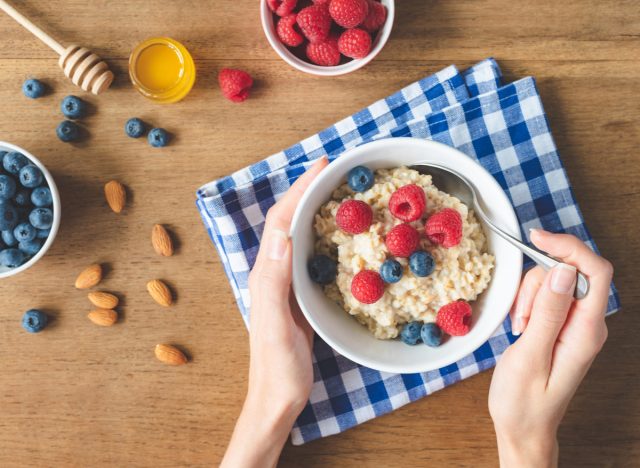
And lastly, even though it's helpful to monitor your carbohydrate intake in order to manage your blood glucose, Harris-Pincus suggests that there are a few helpful carbs you can consume.
"Berries have antioxidant compounds that have been shown to help with insulin resistance, so even though they contain carbohydrates, they assist in managing blood sugar. Not only that but raspberries and blackberries have the highest fiber content at a whopping 8 grams per cup."


